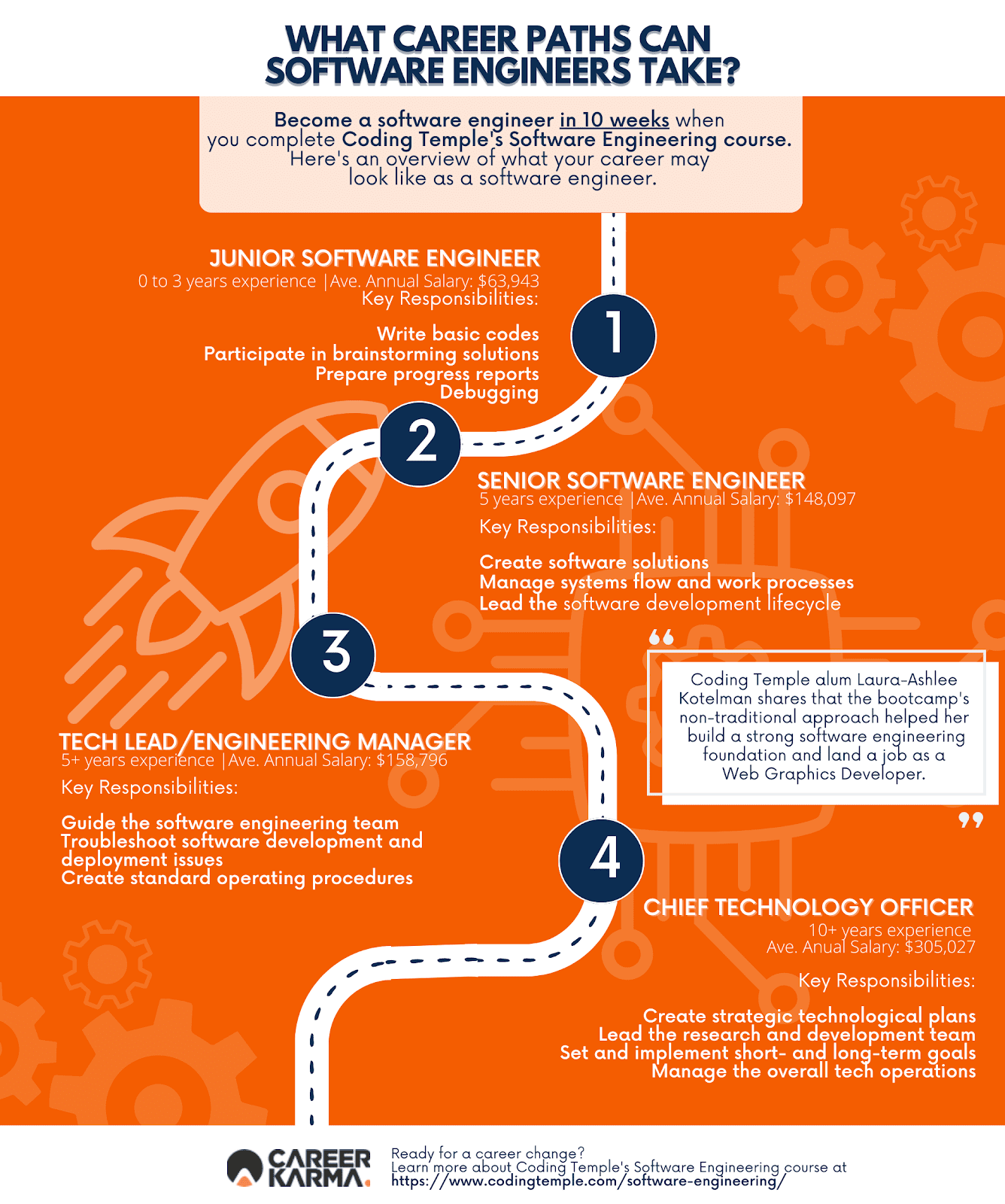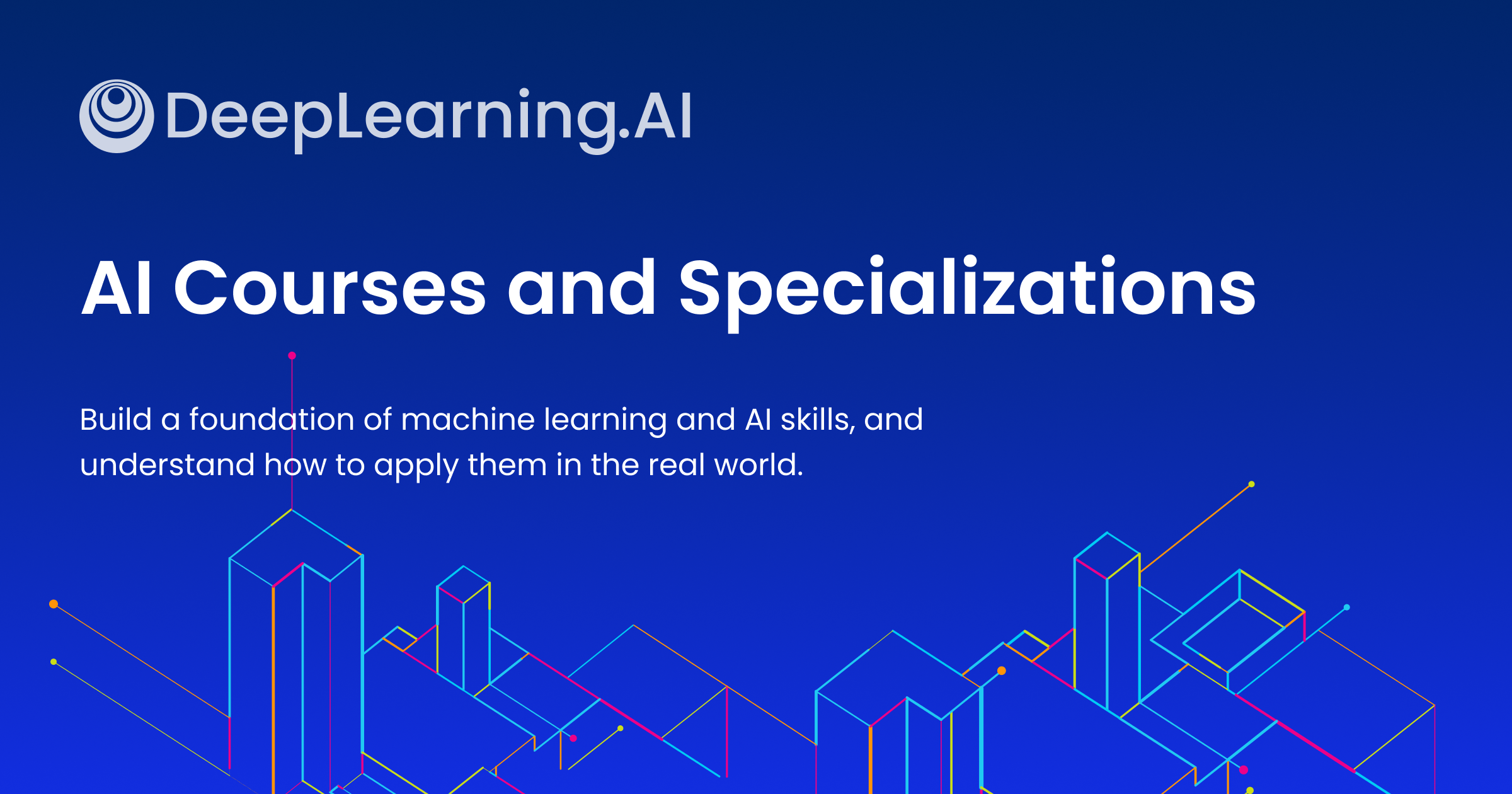All Categories
Featured
Table of Contents
- – The Definitive Guide for Machine Learning Boot...
- – What Does How Long Does It Take To Learn “Mach...
- – How How To Become A Machine Learning Engineer...
- – The Generative Ai For Software Development PDFs
- – Top Guidelines Of Machine Learning Online Co...
- – The Of Software Engineer Wants To Learn Ml
- – Things about Best Online Machine Learning Co...
Some individuals believe that that's dishonesty. If somebody else did it, I'm going to use what that individual did. I'm forcing myself to think via the feasible solutions.
Dig a little bit deeper in the math at the beginning, just so I can develop that structure. Santiago: Finally, lesson number seven. I do not think that you have to understand the nuts and bolts of every algorithm prior to you utilize it.
I've been making use of neural networks for the longest time. I do have a sense of just how the gradient descent functions. I can not clarify it to you now. I would certainly need to go and inspect back to actually get a much better instinct. That doesn't suggest that I can not solve things making use of neural networks, right? (29:05) Santiago: Attempting to compel individuals to believe "Well, you're not mosting likely to be successful unless you can describe each and every single information of how this works." It goes back to our sorting instance I believe that's just bullshit recommendations.
As a designer, I have actually worked with lots of, numerous systems and I've used many, lots of things that I do not recognize the nuts and bolts of just how it functions, although I recognize the influence that they have. That's the final lesson on that particular string. Alexey: The amusing point is when I consider all these libraries like Scikit-Learn the algorithms they utilize inside to implement, for instance, logistic regression or something else, are not the very same as the formulas we examine in equipment understanding courses.
The Definitive Guide for Machine Learning Bootcamp: Build An Ml Portfolio
Even if we attempted to find out to obtain all these essentials of maker learning, at the end, the algorithms that these libraries make use of are different. Santiago: Yeah, definitely. I believe we require a great deal a lot more pragmatism in the industry.

I generally talk to those that want to work in the sector that desire to have their effect there. I do not risk to talk concerning that due to the fact that I do not recognize.
Yet right there outside, in the market, materialism goes a lengthy means for certain. (32:13) Alexey: We had a comment that said "Really feels even more like motivational speech than speaking about transitioning." Perhaps we need to switch over. (32:40) Santiago: There you go, yeah. (32:48) Alexey: It is a good motivational speech.
What Does How Long Does It Take To Learn “Machine Learning” From A ... Mean?
One of the points I wanted to ask you. First, let's cover a pair of things. Alexey: Allow's begin with core devices and structures that you require to discover to really change.
I know Java. I understand SQL. I understand just how to use Git. I understand Bash. Perhaps I know Docker. All these points. And I find out about artificial intelligence, it looks like a trendy point. So, what are the core tools and frameworks? Yes, I enjoyed this video and I get encouraged that I do not require to obtain deep into mathematics.
Santiago: Yeah, absolutely. I think, number one, you need to start discovering a little bit of Python. Because you currently know Java, I do not assume it's going to be a big transition for you.
Not because Python is the same as Java, yet in a week, you're gon na get a lot of the distinctions there. Santiago: Then you get certain core tools that are going to be used throughout your whole profession.
How How To Become A Machine Learning Engineer - Exponent can Save You Time, Stress, and Money.
You get SciKit Learn for the collection of equipment discovering algorithms. Those are devices that you're going to have to be utilizing. I do not recommend just going and finding out about them out of the blue.
Take one of those programs that are going to start presenting you to some problems and to some core concepts of device knowing. I do not bear in mind the name, however if you go to Kaggle, they have tutorials there for cost-free.
What's excellent about it is that the only need for you is to know Python. They're going to present a problem and tell you how to make use of decision trees to resolve that specific trouble. I believe that procedure is incredibly powerful, because you go from no equipment discovering history, to understanding what the problem is and why you can not resolve it with what you recognize right now, which is straight software program design methods.
The Generative Ai For Software Development PDFs
On the various other hand, ML engineers concentrate on building and deploying artificial intelligence designs. They focus on training designs with data to make predictions or automate tasks. While there is overlap, AI engineers manage even more varied AI applications, while ML designers have a narrower concentrate on artificial intelligence algorithms and their functional execution.

Artificial intelligence designers concentrate on developing and releasing artificial intelligence versions into manufacturing systems. They work on design, making sure versions are scalable, reliable, and integrated into applications. On the other hand, data scientists have a more comprehensive function that includes data collection, cleaning, expedition, and structure models. They are usually in charge of drawing out insights and making data-driven choices.
As organizations progressively embrace AI and machine knowing technologies, the need for knowledgeable specialists grows. Maker understanding designers work on innovative tasks, add to development, and have affordable wages.
ML is fundamentally various from typical software development as it concentrates on mentor computer systems to pick up from data, rather than programs specific rules that are executed methodically. Unpredictability of results: You are most likely made use of to writing code with foreseeable outputs, whether your function runs when or a thousand times. In ML, nevertheless, the results are much less specific.
Pre-training and fine-tuning: How these versions are educated on substantial datasets and then fine-tuned for specific tasks. Applications of LLMs: Such as text generation, view analysis and info search and access.
Top Guidelines Of Machine Learning Online Course - Applied Machine Learning
The ability to manage codebases, merge modifications, and settle problems is equally as important in ML development as it remains in standard software jobs. The abilities established in debugging and testing software application applications are highly transferable. While the context could transform from debugging application reasoning to recognizing issues in information processing or model training the underlying concepts of organized examination, theory screening, and repetitive refinement coincide.
Device understanding, at its core, is heavily dependent on statistics and possibility theory. These are important for recognizing just how formulas find out from data, make predictions, and evaluate their efficiency. You should think about becoming comfy with principles like statistical value, distributions, hypothesis testing, and Bayesian thinking in order to design and interpret models successfully.
For those curious about LLMs, a comprehensive understanding of deep knowing styles is useful. This includes not only the auto mechanics of neural networks yet additionally the design of specific models for various use cases, like CNNs (Convolutional Neural Networks) for photo handling and RNNs (Recurrent Neural Networks) and transformers for consecutive data and natural language handling.
You ought to be mindful of these issues and learn strategies for determining, reducing, and connecting concerning predisposition in ML versions. This includes the possible influence of automated decisions and the honest implications. Lots of versions, specifically LLMs, need substantial computational sources that are frequently offered by cloud platforms like AWS, Google Cloud, and Azure.
Building these skills will certainly not just facilitate a successful shift into ML however also guarantee that designers can contribute efficiently and responsibly to the development of this dynamic area. Concept is important, but nothing beats hands-on experience. Beginning working with tasks that allow you to apply what you have actually learned in a functional context.
Construct your projects: Beginning with easy applications, such as a chatbot or a text summarization tool, and progressively increase intricacy. The field of ML and LLMs is quickly progressing, with new innovations and technologies arising on a regular basis.
The Of Software Engineer Wants To Learn Ml
Contribute to open-source tasks or create blog messages about your learning trip and jobs. As you get competence, begin looking for opportunities to include ML and LLMs right into your job, or look for new duties focused on these technologies.

Possible usage cases in interactive software application, such as referral systems and automated decision-making. Comprehending uncertainty, standard statistical actions, and possibility circulations. Vectors, matrices, and their function in ML algorithms. Error reduction methods and gradient descent clarified merely. Terms like version, dataset, attributes, labels, training, reasoning, and validation. Information collection, preprocessing techniques, design training, evaluation processes, and release considerations.
Decision Trees and Random Forests: Instinctive and interpretable models. Assistance Vector Machines: Optimum margin category. Matching trouble kinds with ideal models. Stabilizing efficiency and complexity. Standard framework of neural networks: neurons, layers, activation features. Layered calculation and ahead propagation. Feedforward Networks, Convolutional Neural Networks (CNNs), Persistent Neural Networks (RNNs). Picture acknowledgment, sequence prediction, and time-series evaluation.
Information flow, change, and attribute engineering strategies. Scalability concepts and efficiency optimization. API-driven strategies and microservices assimilation. Latency management, scalability, and version control. Continuous Integration/Continuous Deployment (CI/CD) for ML operations. Model monitoring, versioning, and performance monitoring. Spotting and attending to changes in design efficiency over time. Resolving efficiency bottlenecks and resource monitoring.
Things about Best Online Machine Learning Courses And Programs

You'll be introduced to 3 of the most pertinent parts of the AI/ML self-control; overseen learning, neural networks, and deep learning. You'll grasp the differences in between conventional shows and device discovering by hands-on growth in monitored knowing prior to building out complex dispersed applications with neural networks.
This training course acts as an overview to device lear ... Program Much more.
Table of Contents
- – The Definitive Guide for Machine Learning Boot...
- – What Does How Long Does It Take To Learn “Mach...
- – How How To Become A Machine Learning Engineer...
- – The Generative Ai For Software Development PDFs
- – Top Guidelines Of Machine Learning Online Co...
- – The Of Software Engineer Wants To Learn Ml
- – Things about Best Online Machine Learning Co...
Latest Posts
How To Practice Coding Interviews For Free – Best Resources
How To Succeed In Data Engineering Interviews – A Comprehensive Guide
Best Free Online Coding Bootcamps For Faang Interview Prep
More
Latest Posts
How To Practice Coding Interviews For Free – Best Resources
How To Succeed In Data Engineering Interviews – A Comprehensive Guide
Best Free Online Coding Bootcamps For Faang Interview Prep